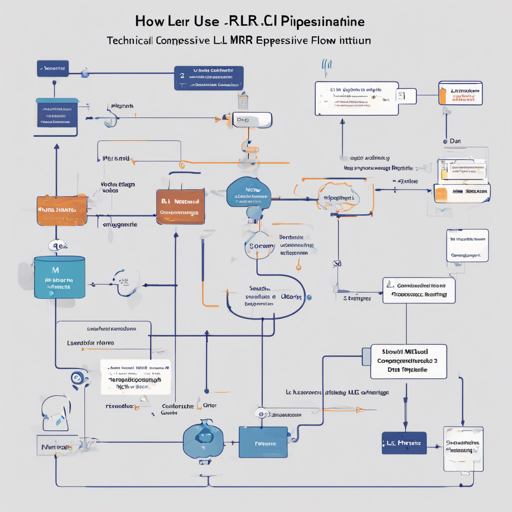If you’re venturing into the realm of machine learning using R, mlr3pipelines offers an exceptional toolkit to streamline your workflow. It utilizes the power of mlr3 package and allows you to define machine learning workflows as directed “Graphs.” In this article, we’ll explore how to use mlr3pipelines effectively, troubleshoot common issues, and understand the underlying concepts through analogies.
Understanding the Basics
The mlr3pipelines package is akin to constructing a sophisticated Lego structure. Each piece represents a specific function (like data preprocessing or model fitting) that can snap together to create a robust machine learning pipeline. Here’s how the process unfolds:
- PipeOps: Each operation, whether it’s data manipulation or model training, is represented as a ‘PipeOp.’ Think of these as the individual Lego blocks.
- Graph Structures: When you combine these PipeOps, you form a structured graph that captures the flow of data through various steps. This is similar to connecting multiple Lego pieces to build a coherent model.
- GraphLearner: Just like a completed Lego model can be played with, you can wrap your graph of operations into a GraphLearner for practical use, enabling resampling and benchmarking.
Creating Your First Pipeline
Let’s dive into practical usage! Here’s how to create a basic pipeline using mlr3pipelines.
# Load necessary libraries
library(mlr3)
library(mlr3pipelines)
# Define individual PipeOps
pca = po(pca)
filter = po(filter, filter = mlr3filters::flt(variance), filter.frac = 0.5)
learner_po = po(learner, learner = lrn(classif.rpart))
# Combine PipeOps into a Graph
rgraph = pca %% filter %% learner_po
# Use GraphLearner for resampling
glrn = GraphLearner$new(rgraph)
resample_result = rresample(tsk("iris"), glrn, rsmp("cv"))
Step-by-Step Breakdown
The code above can be understood through the analogy of preparing a meal:
- Ingredients: Each PipeOp (like PCA, filtering, and learning) represents a specific ingredient needed for your dish.
- Cooking Process: Just as you would follow a recipe to combine and cook these ingredients, the graph structure allows you to combine PipeOps in a specific sequence.
- Final Dish: The GraphLearner serves as your final dish, ready for tasting, which in this case means performing predictions or resampling on your dataset.
Troubleshooting Common Issues
Sometimes, while you’re on your journey to create efficient machine learning models, you might encounter roadblocks. Here are some troubleshooting ideas:
- Check your PipeOps: Ensure that the PipeOps are compatible and connected appropriately. If there’s a mismatch, your model won’t function as expected.
- Validating Data: Ensure the data you are using fits the format required by your operations, much like ensuring the ingredients are fresh and suitable for the recipe.
- If you’re facing specific bugs or have questions, consider documenting a minimum working example and check out the GitHub page for potential solutions.
For more insights, updates, or to collaborate on AI development projects, stay connected with fxis.ai.
Final Thoughts
At fxis.ai, we believe that such advancements are crucial for the future of AI, as they enable more comprehensive and effective solutions. Our team is continually exploring new methodologies to push the envelope in artificial intelligence, ensuring that our clients benefit from the latest technological innovations.
With this guide, you should feel empowered to start building your own machine learning pipelines using mlr3pipelines. Happy modeling!

